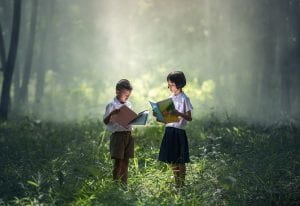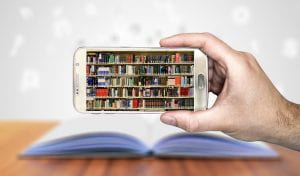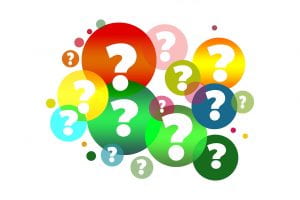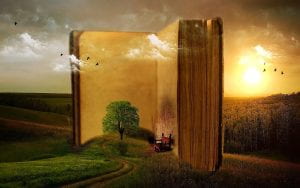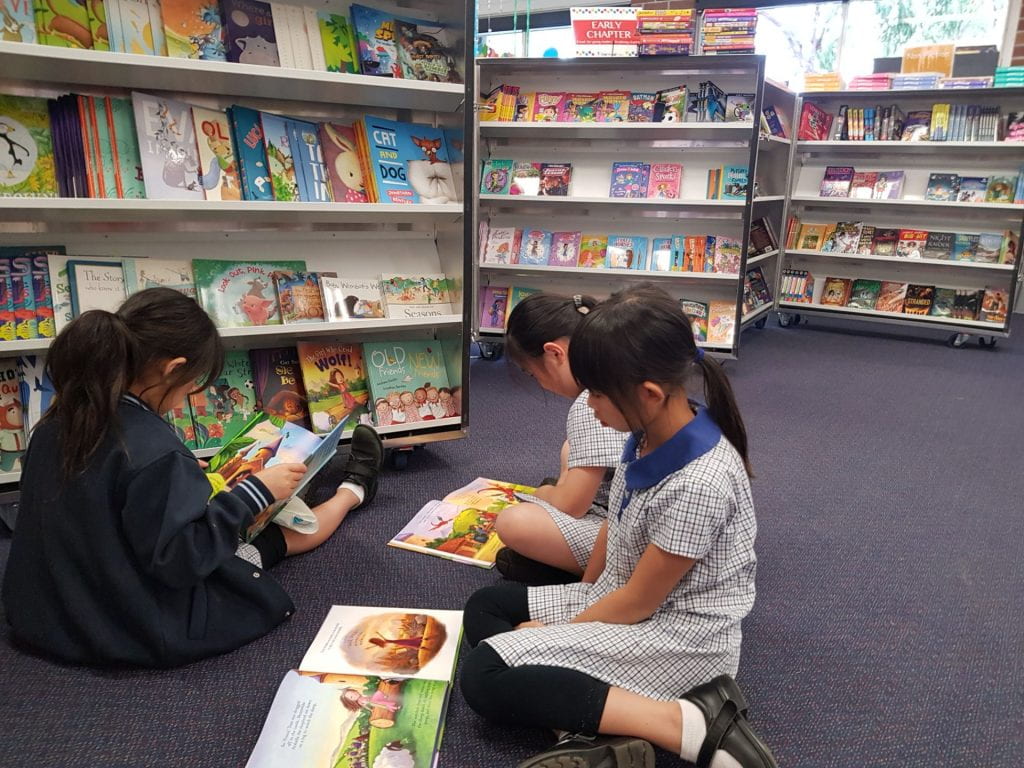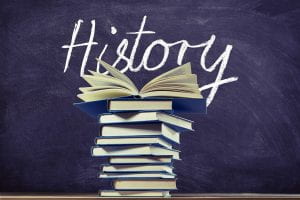
geralt / Pixabay
This semester, I have refined my concept of what literature is (Nicklin, D. 2020, November 15) and why it is important across all subject areas. Initially, I assumed non-fiction books would be the focus of Literature across the curriculum, however, the power of fiction to support all curriculum subjects, as well as English was established in module one.
In my own professional practice, I have successfully connected students with books (Nicklin, D. 2021, January 1) I now consider connecting students and teachers with literature for all topics to be an even more crucial aspect of my role. The first assessment: Rationale for fiction cemented my understanding that fiction is valuable for its learning potential. Well-chosen books and digital literature not only enhance classroom learning programs but are central to supporting deeper knowledge and understanding of topics as well as support outcomes in all key learning areas (Haven, 2007, p. 97). In the past, collection development for other subjects centered around non-fiction support, however, research and course readings have demonstrated to me that fiction supports learning, comprehension, artistic expression, creativity, connections and critical thinking (Barone, 2011, p. 5).
One of my favourite discussions in module 2 has reviewed picture books and their many uses in the K-12 classroom. Thread 2.2a gave us the opportunity to share interesting books and new discoveries. Sophisticated picture books for older readers can offer many layers of meaning from visual literacy to non-traditional structures and multiple layers of complexity (National Library of New Zealand, 2013). My own discovery of a quite unique picture book hidden in the shelves of the library where I work has multiple uses across grades and genres (Nicklin, Discussion forum. Thread 2.2a).
Greater experience of online learning due to home learning for six weeks in 2020, focused my attention on digital literacy. It was a challenge to locate good quality and suitable reading material. I over-relied on Storyline Online and YouTube videos of a person reading a book. My exploration of what’s available (Nicklin, D. 2021, January 1) left me disappointed that some of these platforms didn’t offer more elements than a shared classroom reading experience. Reading digitally can offer enhanced features such as sound, movement, read-aloud and dictionary links. Studying ETL402 has encouraged me to more efficiently locate enhanced fiction online with a literary and digital focus. I am more attuned to elements that constitute quality digital sources with a broader application.
Modules 5/6 and assessment two challenged me to extend literature responses with deeper reflections of text and the literary learning that can occur. I am excited to rejig my library program in 2021 integrating literacy circles, book trailers, book bento boxes, and moving towards a more transliterate approach across all grades and subjects.
With three years in a primary school library, I considered myself familiar with the collection. However, my aim in 2021 is to read more of the fiction titles that are particularly suited to curriculum areas and are popular with students (Nicklin, D. 2021, January 1). This will assist me to advocate for the fiction collection, collaborate with teachers on the value of fiction for their classroom themes, and to locate multimodal links to support the reading of a text.
In short, I can enhance and deepen the various library services to uplift the reading experiences for all in our wonderful library.
References
Barone, D. M. (2010). Children’s literature in the classroom: Engaging lifelong readers. Guilford Publications. https://ebookcentral.proquest.com/lib/csuau/reader.action?docID=581948
Gaiman, N. (2013, October 16). Why our futures depend on libraries, reading and daydreaming. The Guardian. https://www.theguardian.com/books/2013/oct/15/neil-gaiman-future-libraries-reading-daydreaming
Haven, K. F. (2007). Story proof: The science behind the starting power of story. ABC-CLIO, LLC . https://ebookcentral.proquest.com/lib/csuau/reader.action?docID=329134
Nicklin, D. (2020, November 21). Re 2.2a: Picture book for older readers [Forum post]. ETL402, Interact 2. https://interact2.csu.edu.au/webapps/discussionboard/do/message?action=list_messages&course_id=_49764_1&nav=discussion_board_entry&conf_id=_96426_1&forum_id=_218302_1&message_id=_3317113_1
The National Library of New Zealand. (2013). Sophisticated picture books. Services to Schools. https://natlib.govt.nz/schools/reading-engagement/childrens-and-youth-literature/sophisticated-picture-books

